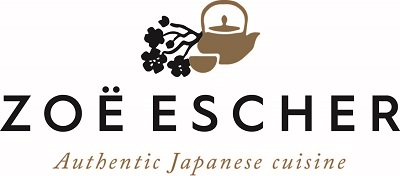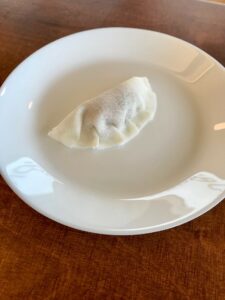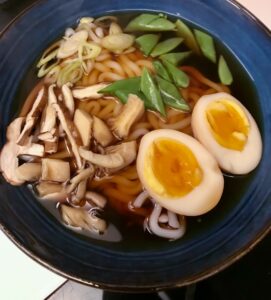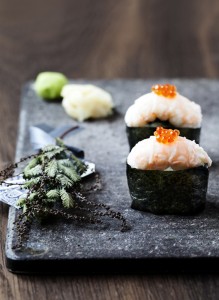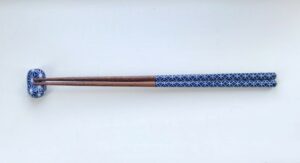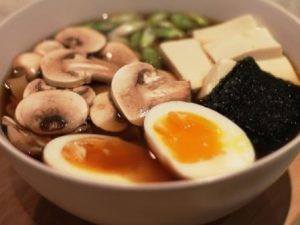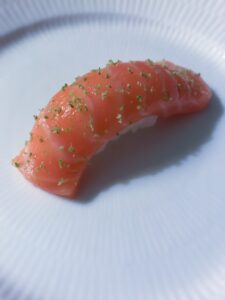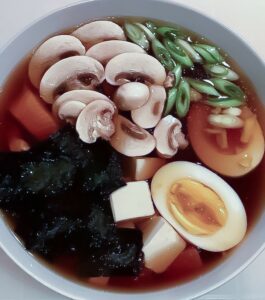
There is a big difference in the noodles used in Japanese noodle soups.
Most people have heard about ramen soup, where one type of noodles is used. They are long, thin, and yellow and looks like spaghetti, but, the texture of the noodle and taste is different.
Ramen soup is not the only soup that the Japanese eat all year round.
In Japan, there are several different types of noodle soups are eaten, some at specific times during a year.
It is the stock, vegetables and meat/fish that determine which type of noodles are used.
In some soups, noodles that are neutral in flavor are used in udon soup. It is the soup itself that has a lot of taste and aromas. In other soups, noodles that have a delicate taste ramen noodle are used because it adds an extra dimension of flavor to the noodle soup.
In the Japanese noodle soup course for beginners, you will learn step by step how to make 2 very different tasty noodle soups.
_
Zoë has lectured and held sushi courses for A. P. Moller – Maersk, Hugo Boss Nordic, Novo Nordisk, Novartis, Velux, Gorrissen Federspiel, Beierholm revision, Elbek & Vejrup and many more.
